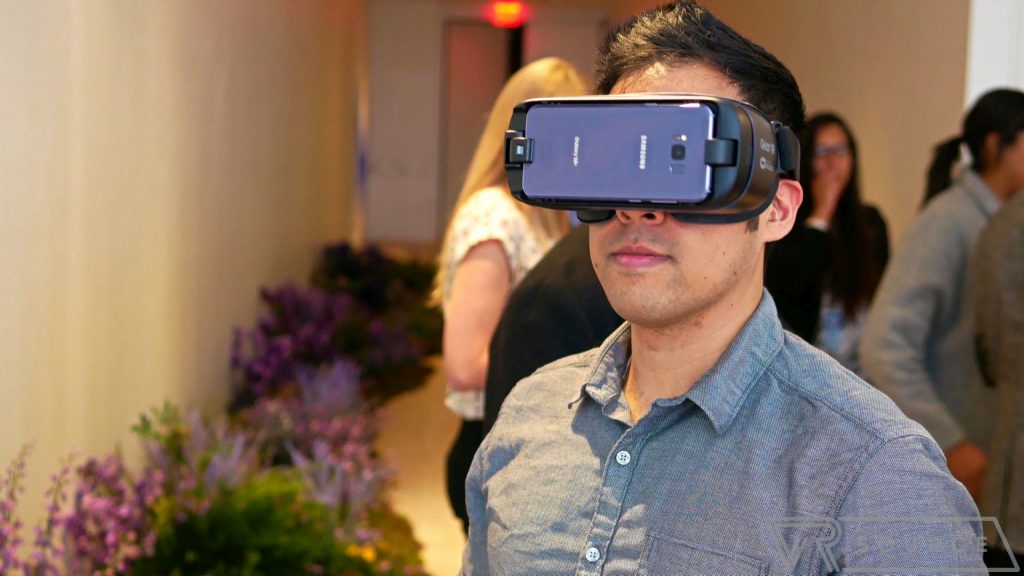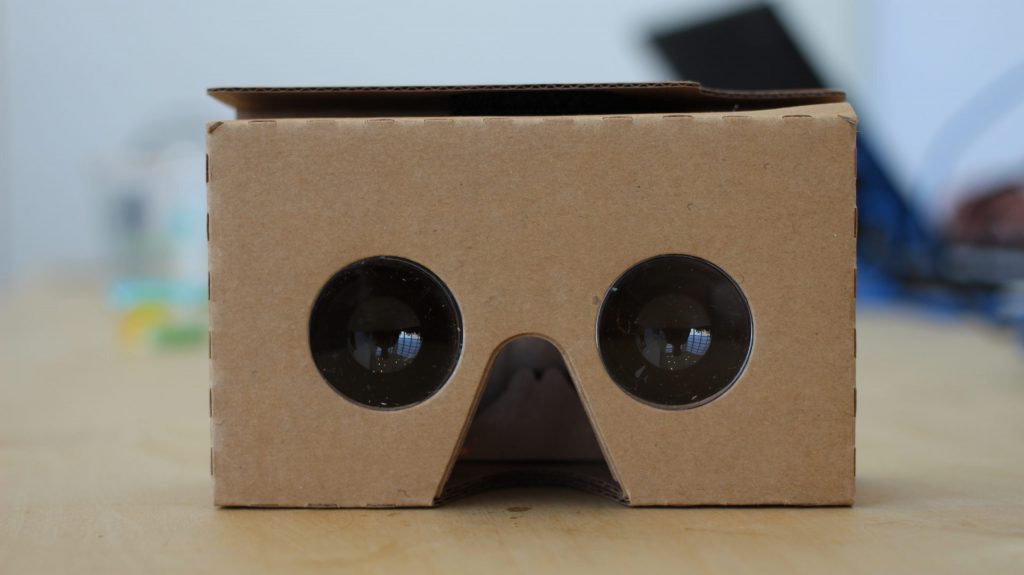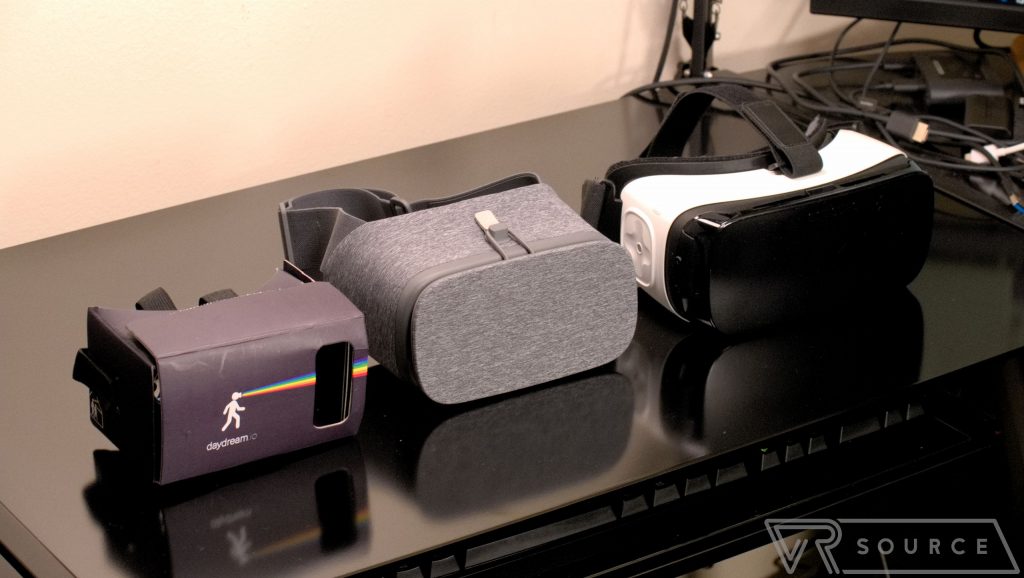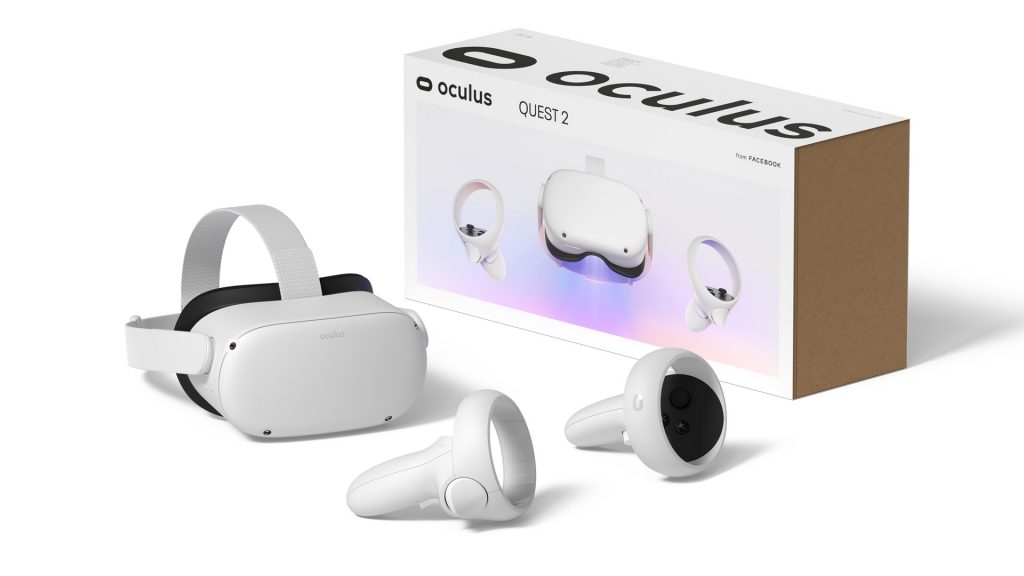
Links on VR Source may earn us a commission, Learn more.
At one point, phone-powered headsets looked like the easiest way to bring VR to the masses. They didn’t cost too much, you didn’t have to worry about wires, and there were plenty of partnerships right out of the gate. However, the VR landscape has changed quite a bit in the last few years, so let’s ask the question – is mobile VR still worth it?
Let’s take a look at the hardware options still available as well as the best games and experiences you can try. We’ll also touch on why standalone and PC-powered alternatives have become your best bet for modern VR.
Table of Contents
Daydream? Cardboard? What headsets can you get?

It’s fair to say that Google got the mobile VR ball rolling when it introduced Cardboard back in June of 2014. In fact, Cardboard is probably the longest-running mobile VR platform considering the fact that you can still find headsets today. If you head on over to Google’s Get Cardboard page you can take your pick from dozens of designs ranging from $5 up to around $30.
Google’s Cardboard is an entry-level headset, and it knows what it is. Heck, it’s made of actual cardboard so you don’t feel too bad if something happens to it. Brands like Sports Illustrated and the New York Times shipped plenty of Cardboard units as a way for people to try them out. Some of the novelty may be gone at this point, but Google Cardboard remains the easiest mobile VR headset to pick up.
Samsung was actually not too far behind in the hardware department, launching its Gear VR line in December of 2014. It started out as a headset for developers before moving into a number of consumer-ready versions. However, the biggest flaw for Gear VR was limited support. You had to have a limited list of Samsung devices in order to get off the ground, and the S10 family marked the end of the road.
See also: Samsung Gear VR review
Ultimately, Samsung’s Gear VR support ended in September of 2020 with the removal of Gear VR apps from stores across all platforms. While Gear VR offered superior hardware to the Cardboard line, sometimes simplicity proves best.
The last mainstream mobile VR platform was yet another Google brainchild, this time going by the name of Daydream. It was the last to launch and the first to be discontinued, though it followed a similar track as Gear VR. Google’s Daydream offered support for phones from quite a few OEMs, though the list was never extensive. Ultimately, no 2019 devices were Daydream certified – including Google’s own Pixel 4 line.
If you’re keeping track in the clubhouse, that leaves Google’s Cardboard VR as the last mobile set standing, but who knows how much time the headset has left. However, you can still track down a few used Gear VR and Daydream units from retailers like Amazon if you really want to try them out.
What games and experiences are available?

Well, now that we know you’re pretty much limited to Google’s Cardboard for hardware, what games can you even play? Luckily, there are still quite a few options available on Google’s extensive Play Store. A quick search brings back numerous games and interactive apps, and all of the compatible options feature a small Cardboard logo in the app icons.
See also: Google Cardboard: Who’s it for, where to buy it, and first steps
Google’s Cardboard app is a must-have, as it serves as a launcher for most other content. You’ll use it to calibrate your viewer and learn the basics of mobile VR. You might also want to check out the Within VR app because it’s the top-rated option on the Play Store right now. It boasts 4.5-stars, and it’s described as a love letter to cinematic VR. If you’re hoping to walk with elephants or enjoy other real-world experiences, Within VR is your best bet.
While the future of mobile VR is highly uncertain and seems to be trending downward, a simple Play Store search for the term VR should keep you entertained for a good long time.
So, what went wrong for mobile VR?

So, if Google Cardboard is still available, and the Play Store is still rich with games, what went wrong for mobile VR? The answer is simple — standalone VR headsets have improved by leaps and bounds, and they’re not nearly as expensive or prohibitive as they once were. Oculus’ standalone Go headset, and later the Quest and Quest 2 showed just how much you could do without wires. Better yet, they didn’t require you to drain your phone battery to get the full experience.
PC-powered VR headsets remain on the expensive side, but they too offer more power than mobile VR sets can match. Take the Oculus Rift S, for example – it’s a full-sized VR headset that you can grab for $399 and enjoy for years to come. There are plenty of games and experiences to go around, and they can pack full graphic experiences that your phone just can’t match.
See also: The best Oculus Rift games
You might have guessed from the descriptions of Gear VR and the Daydream line, but the lack of support really killed the mobile VR scene. If you’re only going to support a limited number of devices, you’re already excluding potential customers from the pool. Any fledgling product needs wide adoption and availability to succeed, yet mobile VR was limited from the start and we’re now seeing the end of many mainstream platforms.
